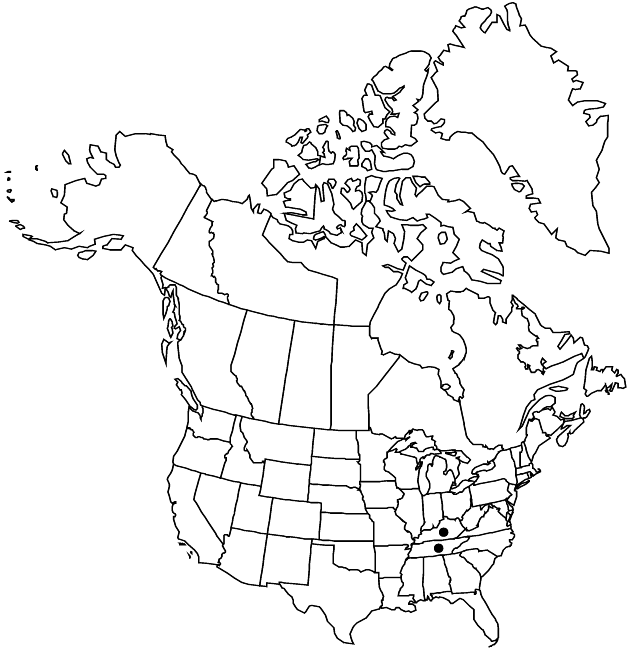Difference between revisions of "Eurybia saxicastelli"
Phytologia 77: 261. 1995.
imported>Volume Importer |
imported>Volume Importer |
||
| Line 61: | Line 61: | ||
|publication year=1995 | |publication year=1995 | ||
|special status=Endemic;Conservation concern | |special status=Endemic;Conservation concern | ||
| − | |source xml=https:// | + | |source xml=https://bitbucket.org/aafc-mbb/fna-data-curation/src/2e0870ddd59836b60bcf96646a41e87ea5a5943a/coarse_grained_fna_xml/V19-20-21/V20_854.xml |
|tribe=Asteraceae tribe Astereae | |tribe=Asteraceae tribe Astereae | ||
|genus=Eurybia | |genus=Eurybia | ||
Latest revision as of 20:06, 5 November 2020
Plants 40–120 cm; in clones; rhizomes elongate, strong. Stems 1, erect, strict (slightly flexuous distally), simple, glabrous, distally ± villosulous (arrays). Leaves cauline; proximal withering by flowering, narrowly winged-petiolate, blades broadly oblanceolate or elliptic to obovate, smaller than mid; mid and distal winged-petiolate (5–30 mm), broadly elliptic to oblanceolate, (70–)90–140 × 40–50(–60) mm, reduced distally, bases cuneate, with 4–5 pairs of marked veins, margins coarsely serrate (teeth 1–4 mm), slightly revolute, scabrous, apices acuminate; abaxial faces glabrescent, adaxial sparsely pilose, mainly on veins. Heads 1–10, borne singly or in corymbiform arrays. Peduncles sparsely pilose; bracts 0–1, foliaceous, remotely serrulate. Involucres campanulate, 7–11 mm, shorter than pappi. Phyllaries 32–36 in 4–5 series, broadly oblong, strongly unequal, scarious, dark green zones wide, from 1/2 distally, margins hyaline, narrow, erose, densely ciliate, apices appressed or often slightly squarrose, obtuse to subacute, faces glabrous, eglandular. Ray florets 10–30; corollas pale white to pale blue, 10–15 × 1.5–2 mm. Disc florets 10–20; corollas yellow turning pinkish, ca. 4.5–5 mm, tubes longer than funnelform throats, lobes spreading, triangular, ca. 1.5 mm. Cypselae tan, fusiform, cylindric, 5–6 mm, ribs 7–11, stramineous, faces ± strigose; pappi of pale stramineous (clavate) bristles 5–7 mm, shorter than to ± equaling disc corollas. 2n = 54.
Phenology: Flowering late summer–fall.
Habitat: Back edge of spring-flooded, summer-dry, sandstone boulder–cobble river bars with shrubby vegetation
Elevation: (600–)1000–1500 m
Discussion
Of conservation concern.
Eurybia saxicastelli is known only from the Rockcastle River of Kentucky (J. J. N. Campbell and M. E. Medley 1989) and Tennessee.
Selected References
None.
